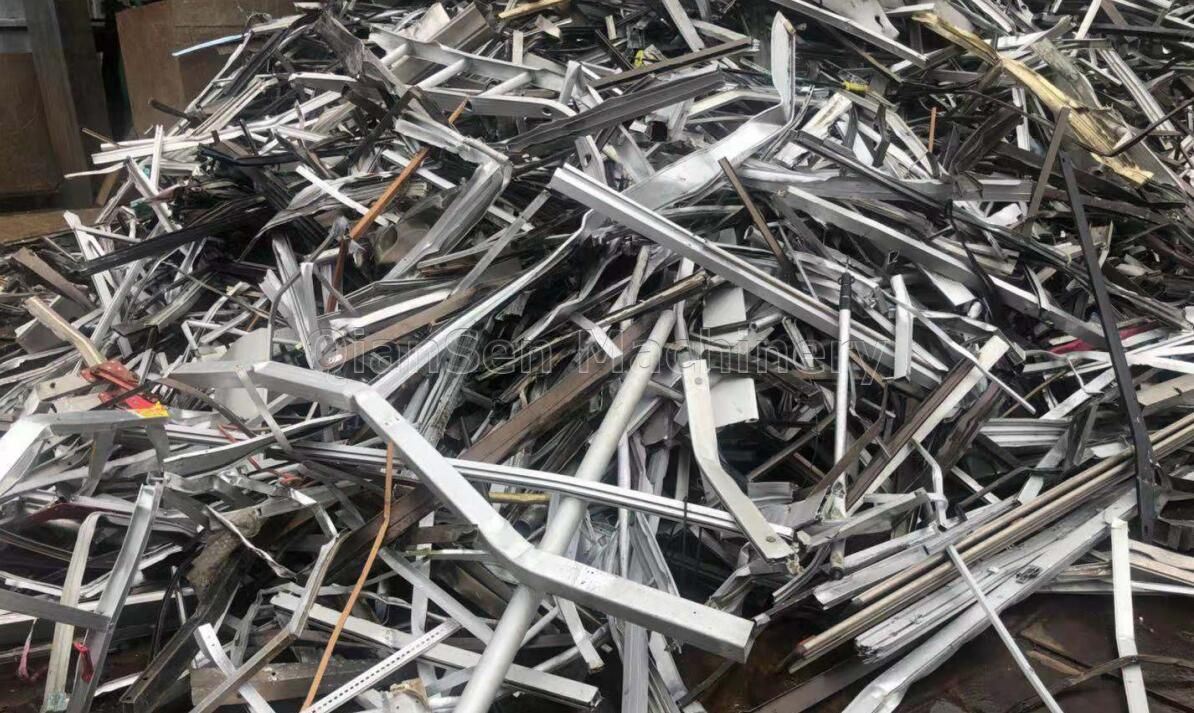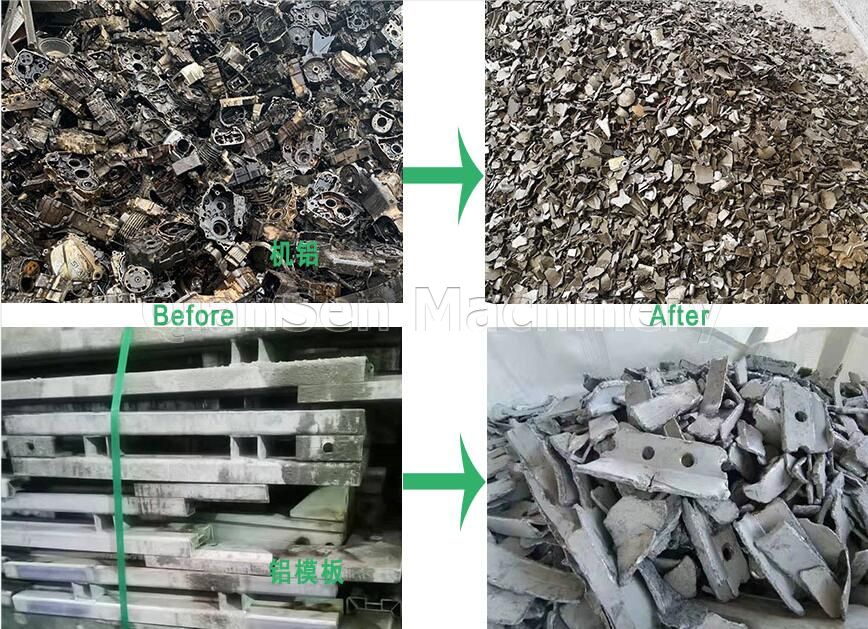Aluminum scrap is often categorized as "new scrap" from the production process and "old scrap" from post-consumer use.
New scrap is generated during the manufacturing of aluminum semi-finished and final products. Old scrap is the product that is collected after it has been disposed of by the consumer. Old waste is usually more polluting than new waste. End-of-life vehicles, demolished buildings and structures, discarded packaging materials, household and office supplies, and machinery and equipment are all potential sources of old aluminum scrap.

The collection and sorting of aluminum scrap (especially old scrap) is often a complex scheme involving millions of households, local and regional authorities, small and medium-sized collectors, and metal traders. Waste and environmental policies can also have a significant impact on the effectiveness of collection programs.
Sorted aluminum scrap may require further separation and pretreatment before the metal can be recovered in a furnace. Aluminum separation at this stage can be accomplished by a variety of mechanical operations, such as magnetic, gravity, eddy current, or color sensors. Further separation of different aluminum alloys can also be achieved by X-ray methods. Usually, wherever possible, wrought and cast alloys are separated prior to mechanical processing.
Converting valuable aluminum scrap into aluminum metal also requires other input materials. Alloying elements are critical to the wide range of functions and properties of aluminum products. When refining aluminum scrap, impurities that cannot be removed by mechanical separation will be eliminated by adding salt melts to the melting furnace.

Here are some examples of the aluminum products you can recycle:
Window frames
Wire
Old cars
Cables
Clippings, borings, and other manufacturing scrap
Leftover skeletons from aluminum sheets cut to create cans
Tubing
UBC cans (Universal Beverage Cans)
Scrap metal (including HVAC scrap metal and electrical motor scrap)
Pie pans
First, the aluminum cans are separated from the waste (if they have not already been).
Next, the cans are cleaned and crushed into larger pieces. Sealing is important because it helps minimize oxidation. (Otherwise, when the cans are exposed to oxygen, their surfaces will quickly revert to alumina instead of aluminum.)
Next, the chunks are sent to a furnace where they are heated to produce molten aluminum. This also removes any coatings or ink that may be on the can.
These molten aluminum blocks are then made into slabs or larger blocks called ingots (each block contains about 1.6 million cans!)
Now it's time to send the ingots to a rolling mill to be rolled and reused for new cans or other aluminum products.
Previous: Scrap Car Crushing
Next: None
Copyright © Xinji Qiansen Environmental Protection Technology Co.Ltd All Rights Reserved | Sitemap | Powered by 